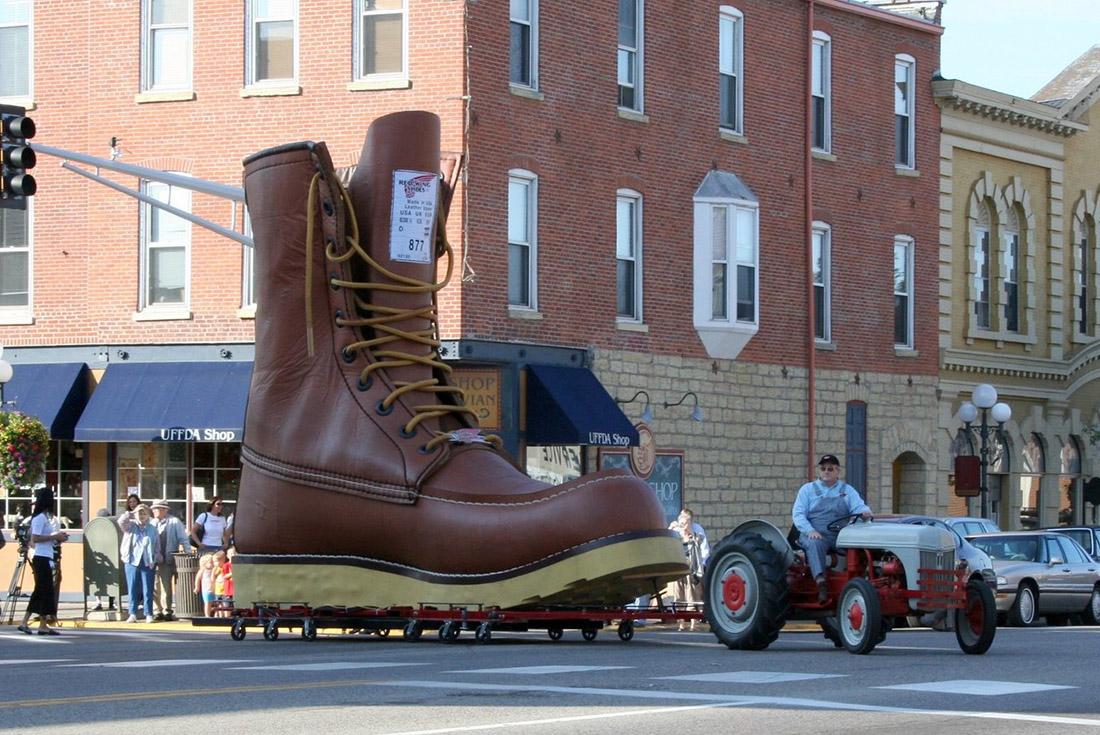Material Matters: Why Shoe Sizes Don't Make Sense
Have you ever bought a pair of shoes online, 95 per cent sure they were the right size, only to find when they arrived that you could barely squeeze in your big toe? Of course you have. We all have. It’s nothing to be ashamed of. The simple fact is that shoe sizing is ridiculously, unnecessarily confusing. So why hasn’t it been simplified yet? Well, sizing conventions were established long before mass production, and long before global trade, so now we’re left with a labyrinth of antiquated conventions trying to co-exist – and doing a poor job of it. Maybe we can kick off the SF global sizing system one day, but in the meantime let’s just try and clear up some of the confusion by shining a light on how we ended up with this mess.

The Sultan of Sizing, Charles Brannock and his device

The only way to guarantee they'll fit is to visit you local and try them on



